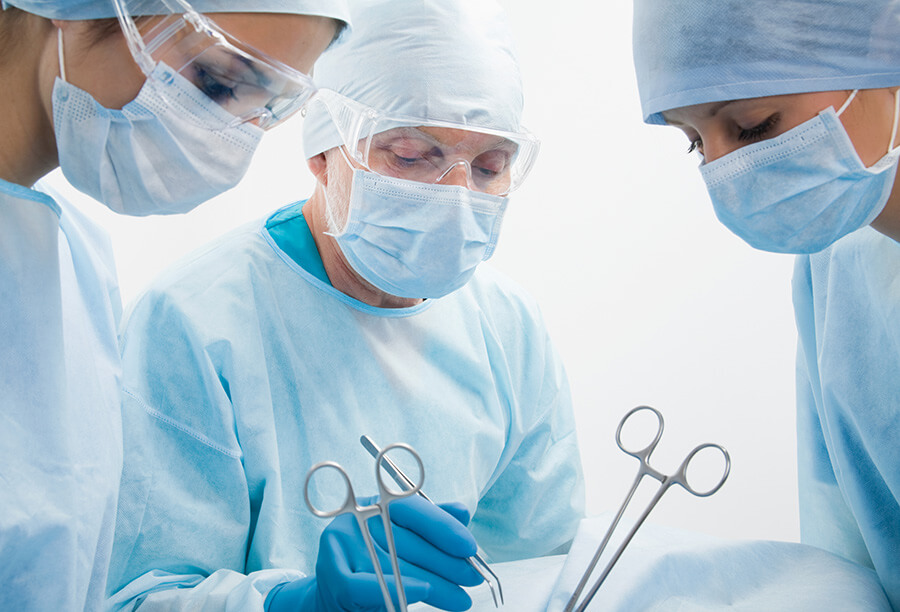
It is estimated that around twenty million people in Germany suffer from joint pain. Among people over 50, this issue affects two out of five, and the trend continues to grow. A common cause is premature joint wear, such as osteoarthritis. However, injuries sustained during sports or in everyday life can also lead to cartilage damage in the knee, ankle, or hip joints in younger patients.
Cartilage damage poses a problem because cartilage does not have its own blood supply and cannot heal on its own. Over time, the damage becomes larger and deeper, eventually reaching the bone layer. Additionally, it is often recognized too late, as cartilage lacks nerves and thus does not cause pain in the early stages.
Recently, an innovative cartilage transplantation procedure was performed at the Sana Clinical Complex in Gerresheim: AutoCart™ — a modern treatment method where cartilage is taken from one part of the body, minced, mixed with the patient’s own blood, and transplanted into the damaged area. The key element of the procedure is the so-called cartilage shaving technique. The cartilage is cut into the smallest pieces and implanted directly into the defect.
“This method uses the body’s own tissues, which makes it particularly well tolerated,” explains Dr. Giovanni De Rosa, Chief Physician of the Department of Traumatology and Orthopedics. Additionally, the procedure is performed arthroscopically and requires only one operation, allowing patients to leave the clinic after just one to three days. After the procedure, orthopedic specialists recommend a course of physical therapy lasting 6–12 weeks.
The integrity of the cartilage layer is crucial for the healthy mobility of joints. Its damage inevitably leads to painful osteoarthritis. Autologous cartilage cell transplantation has been successfully used for over 20 years. In traditional methods, cartilage was first removed, cultured for several weeks, and then implanted back using foreign materials. AutoCart™ is a minimally invasive method in which the patient’s own cartilage is transplanted into the defect for natural restoration.
Dr. Giovanni De Rosa and Ralph Becker are leading experts in traumatology and orthopedics at the Sana Clinical Complex in Gerresheim, successfully applying this advanced method.
